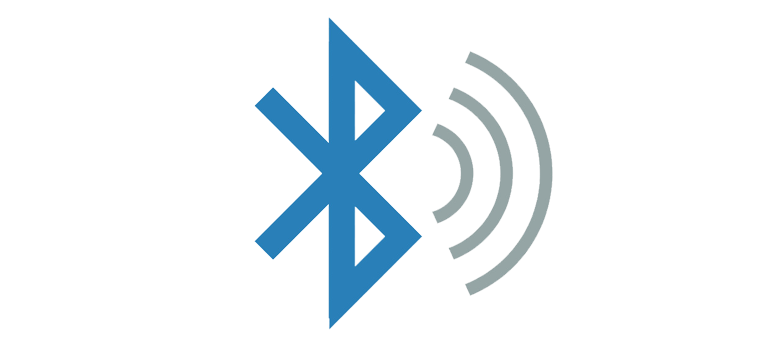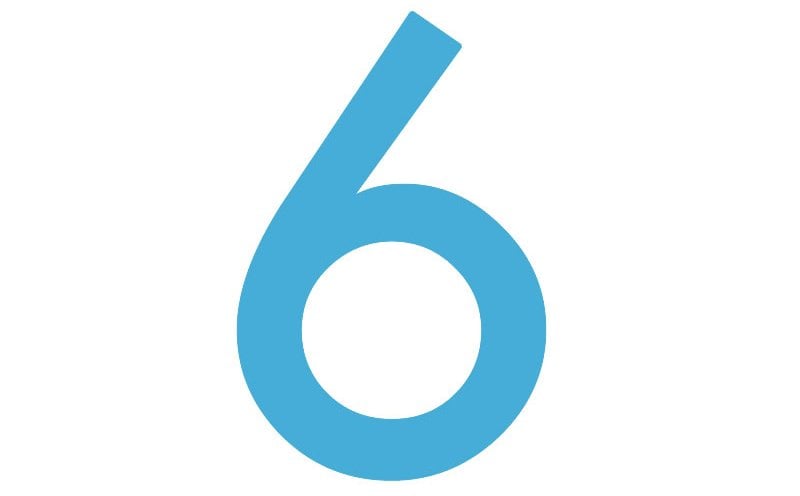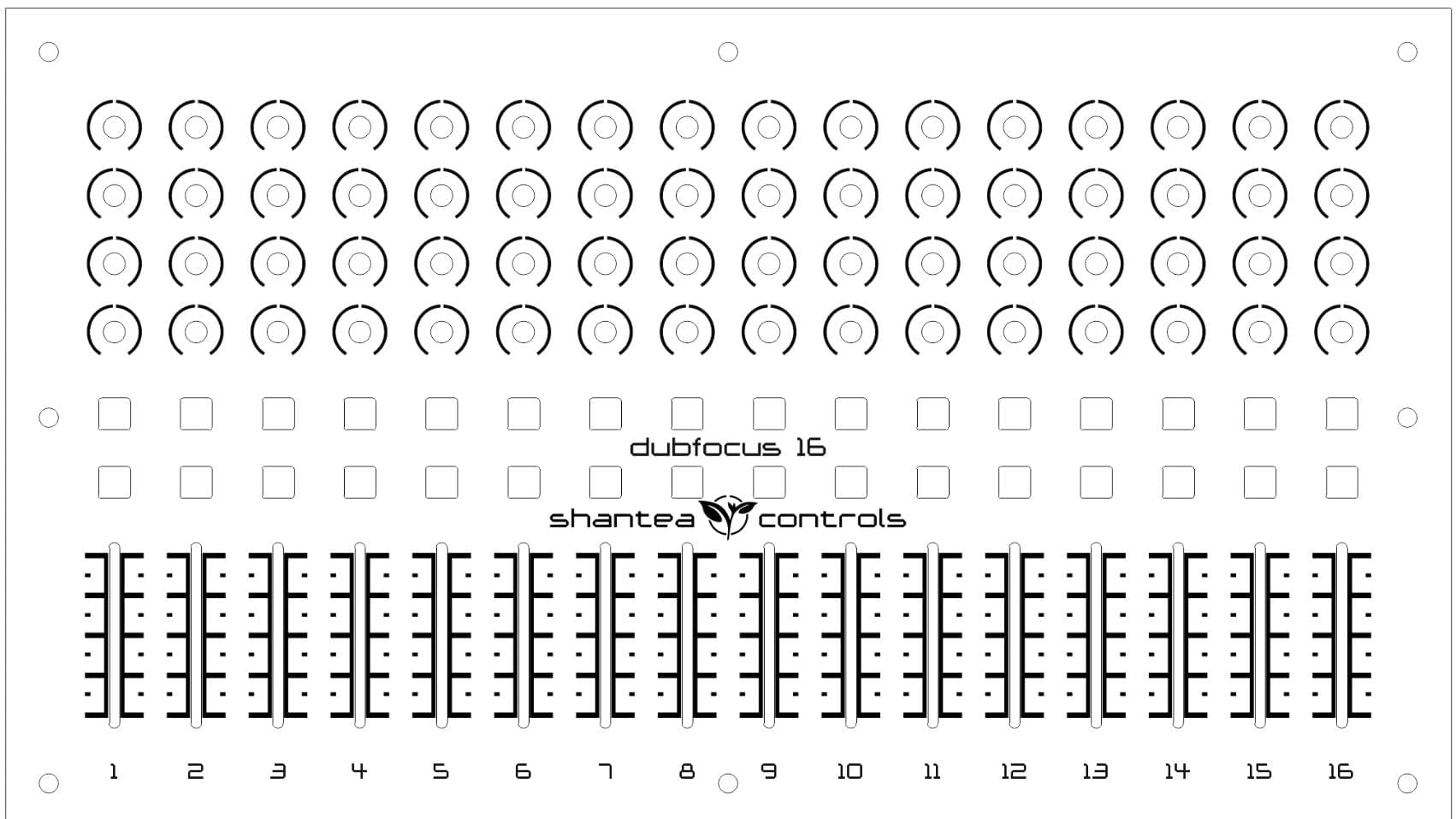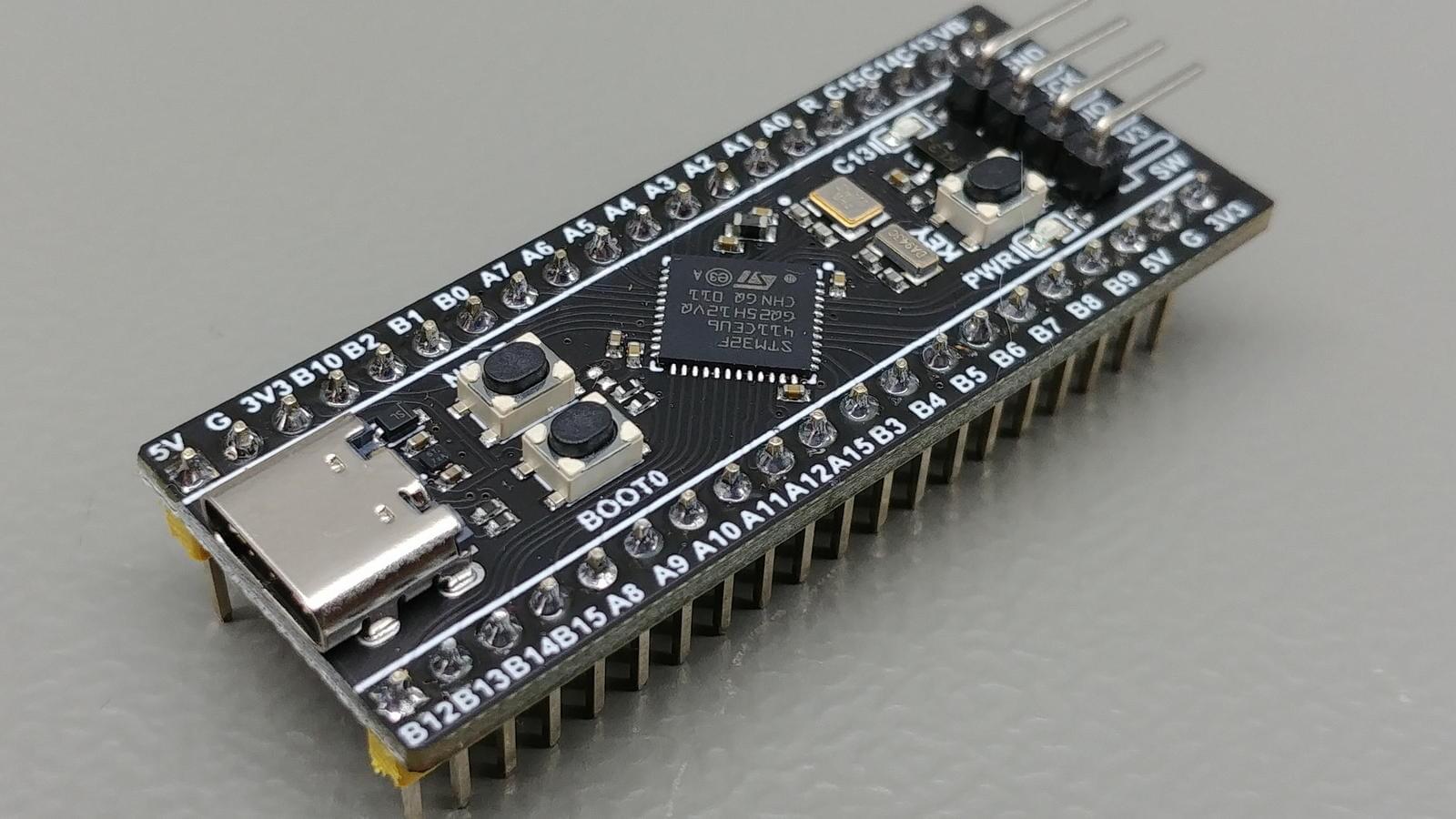
The new OpenDeck boards are coming. Not yet, but soon enough!
It’s been 4 months now since the OpenDeck boards have been sold out. Few posts ago I wrote on why the future of the boards looks bleak. In short: high prices and general electronics shortage make it very hard to design anything involving MCU right now.
I’ve found a workaround and started to design the new OpenDeck board. It’s quite different from my previous boards. It’s gonna be big! These are the main features:
- 128 digital inputs
- 64 digital outputs
- 64 analog inputs
- DIN MIDI
- USB MIDI
- DMX
- Bluetooth*
- Accelerometer / gyroscope / magnetometer*
Why it’s so big? Well, since OpenDeck firmware supports many other boards, some with the amount of I/O similar to the original board, this design feels like a more compelling proposition, compared to the boards you can buy off the shelf. Many people have been asking for more I/O, so here we are.
Due to the chip shortage, the idea is revised a bit - this board will accept either Arduino Nano 33 BLE (OpenDeck variant A) or STM32F4 Black Pill boards (OpenDeck variant B). The main difference is Bluetooth and acc/gyro/mag sensors are available only on Arduino board, otherwise for end users it’s the same thing. This has many advantages compared to my previous design which was fully my own:
- I don’t have to lock the design to a specific MCU
- Shortage affects me much less this way (if at all)
- This makes the board compatible with 5 (!) boards: there’s two variants of Arduino 33 BLE board and 3 variants of Black Pill boards. Even if one becomes unavailable, there are many others to choose from.
- These boards are actually available to buy unlike standalone MCUs
Price should be somewhat similar to the previous board, and availability - who knows? Hopefully in 2-3 months. This is also my first design in KiCAD after 10 years of using EAGLE, so just learning the software alone should take a while.
Some renders of the board below (Arduino should obviously be blue, not sure why it’s brown in render).




This board also addresses some of the shortcomings of the previous board - there’s more space between pin headers now, connectors for +5V and +3V have been added and there are also real connectors now for I2C and touchscreen.





